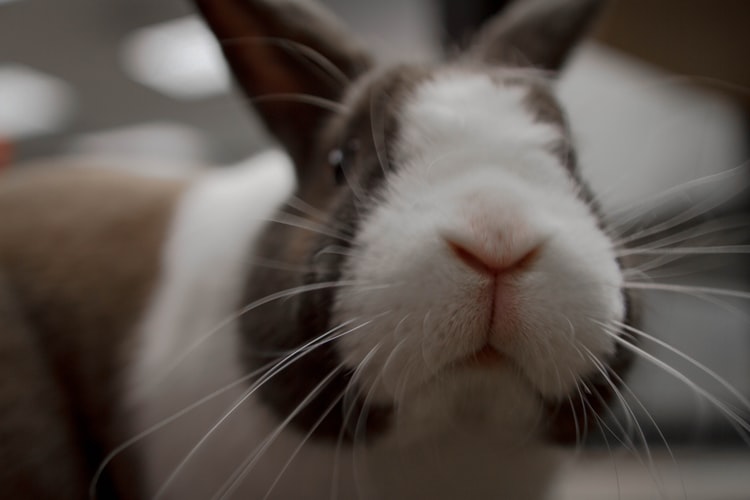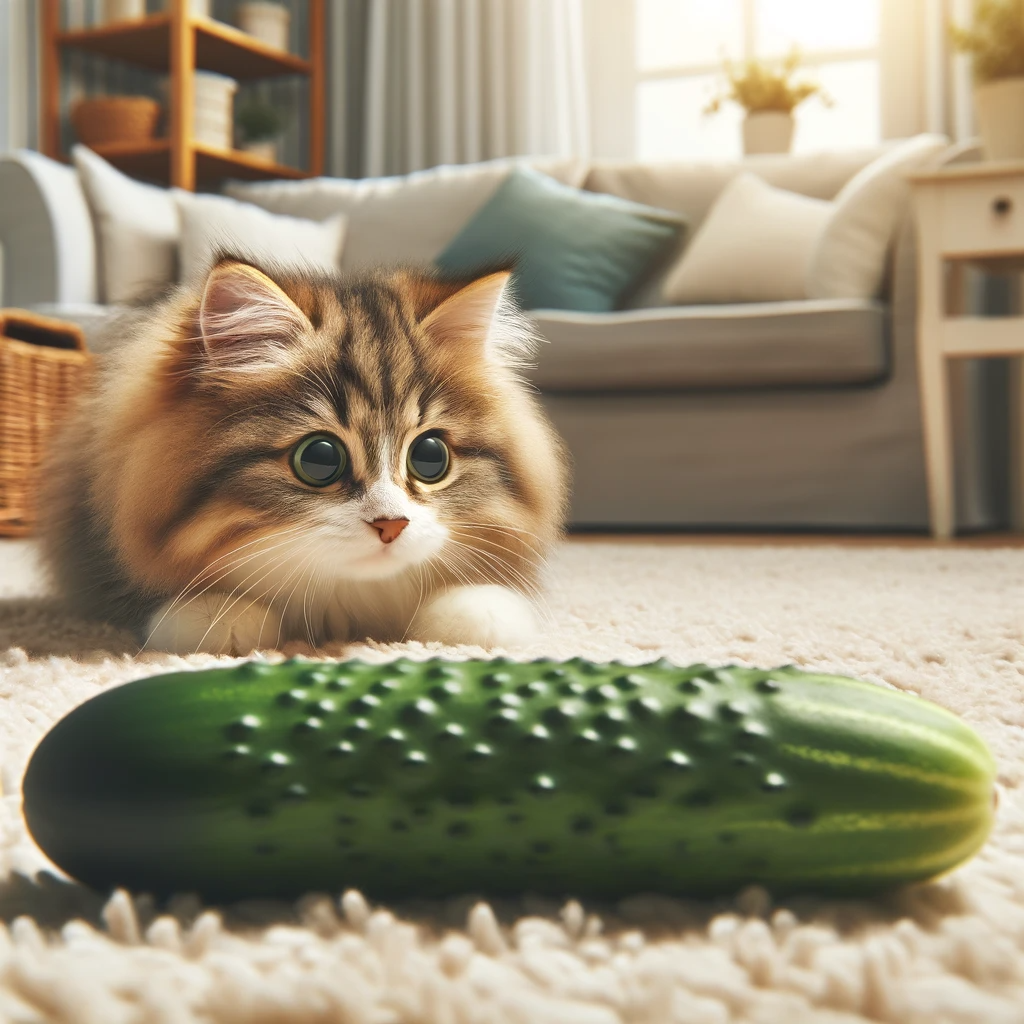Understanding cat behavior means knowing what’s expected and what may indicate sickness or injury in your pet. Abnormal behaviors could indicate something is amiss with them, so being aware is key in making sure your cat remains happy and healthy.

If your cat suddenly stops eating, this could be a telltale sign of diabetes or intestinal parasites – never ignore any change like this in behavior! Here are nine more behaviors to keep an eye out for.
1. They’re Scratching Their Tail
When cats scratch at the base of their tail, it could be their attempt at self-grooming. Cat coats absorb scents throughout their day and when scratched they work to rid themselves of these scents by rubbing. While this might not actually do much for keeping their fur clean, it feels good and gives the illusion of doing something helpful for themselves.
If your cat is scratching its tail area in an aggressive fashion, this could be a telltale sign of pain or overstimulation. Their spine extends down into their tail base where hundreds of nerve endings reside – so if their tail is being scratched in such a way that causes them to twitch their ears and whiskers or flatten out, this may be painful and overstimulating them.
An additional and more serious reason a cat may twitch their tail is they feel threatened or defensive of something in their home or environment, such as someone new being introduced or even just changes in environment. Cats who feel this way may show other alarming symptoms like arching their back and fluffing themselves up to appear larger, as well as having pupils that dilate wildly or having pupils that dilate wider than usual.
Your female cat could also be in heat, and her tail-ratching might be her way of signaling to other cats that she’s ready for breeding. Additionally, she might also be “flagging” her territory by holding up and flicking her tail regularly – this behavior may even lead to frequent outside-of-litter-box urination; be sure to notify your vet if this is occurring frequently.
2. They’re Scratching Their Ears
When cats start rubbing their ears, it may be due to irritation or infection requiring vet attention. Ear mites may cause itchy skin in and around their ear while other issues could be more serious.
Cats need their claws in good condition for hunting, play and self-defense; scratching is one way they do this. Though it may be annoying at times, cat scratching behavior is completely normal and necessary.
If your cat is playing with objects on a table, they could be bored, sharpening their claws or just trying to mark their territory and release energy. A scratching pad could help ensure they stay off furniture.
Cats in the wild serve both predator and prey roles, so cats may feel scared at times. When your cat crouching with ears flattened and pupils dilates as an indicator that something might be dangerous approaching, this defensive posture serves to protect them.
Your cat may also make noises such as chattering, chirping and twittering to communicate with you and other cats in the home, as well as to show excitement when seeing birds or other animals outside their window. If they seem vocalizing constantly or seem distressed for whatever reason, consult a veterinarian or qualified behavioral therapist immediately as this could indicate anxiety or stress due to changes to household or family life, illness or moving from their original shelter environment.
3. They’re Scratching Their Eyes
While all cats have certain behaviors in common, each feline is unique and their behavior will depend on factors like environment, mood and personality. Therefore, it is important to pay close attention and determine what is “normal” for your cat so you can detect any unusual or suspicious behaviors which require a visit to the veterinarian.
When your cat’s eyes appear disoriented or gooey, one of the first indicators is his or her pupils. A dilated pupil indicates they’re feeling relaxed, while squinted eyes may indicate fear or tension – possibly trying to avoid your gaze, or reacting defensively against an unknown threat.
Cats enjoy scratching various surfaces to keep their claws clean and mark territory, so it’s best to restrict their scratching to acceptable surfaces such as the sides of a scratching post. Scratching can cause significant damage; thus it is wiser for owners to limit this behavior to allow their cats the freedom of expression they desire without risking injury to both cats and furniture alike.
If you own multiple cats, be vigilant of signs of aggression between them that could result in eye injuries. Any new pets introduced should also be introduced gradually so as not to cause injury in the process. Finally, if any cat displays symptoms that indicate corneal ulcers – an eye condition that could potentially lead to blindness – take them immediately to a vet for assessment and treatment as this condition could quickly progress and result in blindness for both parties involved.
4. They’re Scratching Their Teeth
Some owners can become concerned when their cats begin chewing or scratching household items like furniture, carpets or fly screens. Though this behavior is quite normal for felines, owners should seek advice from a vet in order to rule out any possible medical issues that may exist that could be contributing to this behavior.
Teething or chewing items can be an indicator of anxiety or boredom in cats, and may seem frustrating to owners; but remember they’re trying to relieve gum discomfort while exercising their natural claws and teething instincts. Chewing on household objects may also signal dental issues such as tartar build-up or nutritional deficiency issues that require attention.
Twitching tail is another frequent cat behavior to monitor closely. Cats will usually twitch their tail when excited or focused on something, however if the twitch persists longer than usual it should be addressed immediately either with your vet or behavioral specialist.
Changes in grooming behavior should also be monitored closely; such as an unexpected increase or decrease in grooming frequency. Grooming releases endorphins that relieve tension while soothing cats; however, lack of grooming could indicate dry skin or illness such as fleas. Other potential indicators may include breathing abnormalities or an unusual mouth odor; it could mean your pet needs immediate medical assistance.
5. They’re Scratching Their Back
Cats who scratch their back can use this behavior to stretch, remove ragged claws, mark objects with their scent and relieve tension or excitement. But when your cat scratches furniture instead, this behavior could be unwelcome and cause further damage. To deter your cat from scratching inappropriate objects like furniture, provide scratch posts in their favorite spots – sprinkle these posts with catnip for extra excitement – and cover any furniture they like with sheets or two-sided tape so it becomes less appealing.
Feline behaviors that everyone notices but may not fully comprehend include when your cat raises its hindquarters in the air – this indicates their pleasure and anticipation as it recalls hunting habits in nature, where cats would raise themselves into this position to gain better visibility of prey.
Your cat may become aggressive towards other animals and people for various reasons, including pain, fear and overstimulation. If you observe your cat becoming aggressive towards other animals or people due to pain, fear or overstimulation, be sure to contact your veterinarian right away; they may recommend physical examination or refer you to an animal behaviorist for evaluation. You can help avoid aggressive behavior by providing sufficient hiding places as well as daily access to water and food sources throughout the day.
6. They’re Scratching Their Body
Cats instinctively protect themselves by using their claws or teeth against predators and by shifting their bodies so as not to appear larger and less exposed. Do not punish this natural instinctive behavior of theirs! It shouldn’t be punished either!
If your cat suddenly becomes aggressive, it is vitally important that they see a veterinarian immediately. Aggression could be an indicator of pain or illness as well as stress or overstimulation. Aggression could also be used as a way of protecting themselves when suddenly faced with changes to their environment – whether they include new pets/people/move/fight.
Sometimes cats’ odd behaviors can simply be their way of showing their curiosity. If your cat keeps pushing things off shelves or tables, try providing more stimulating activities for him/her such as toys to play with or a fish tank they can watch; additionally make less appealing scratching spots by covering them up or using two-sided tape.
Some cats may urinate outside the litter box as an expression of frustration, particularly if they don’t receive enough exercise. If this is happening to your feline friend, schedule an appointment with their vet to assess their needs for more outdoor time or additional exercises; additionally you could try placing catnip around the house or playing with fishing pole cat toys to ease any frustration they might be feeling.


